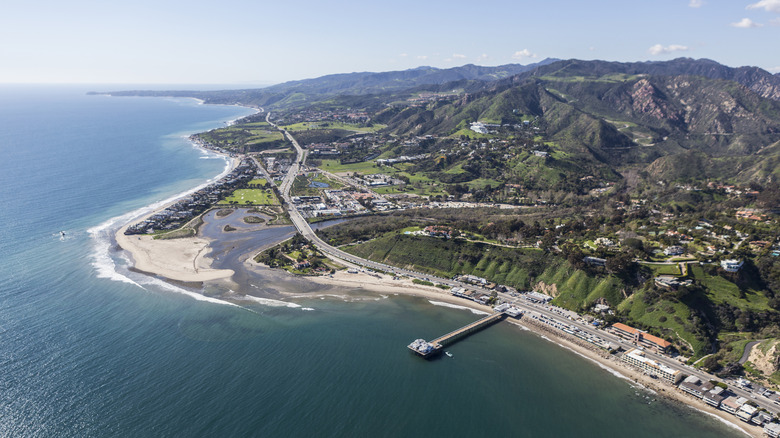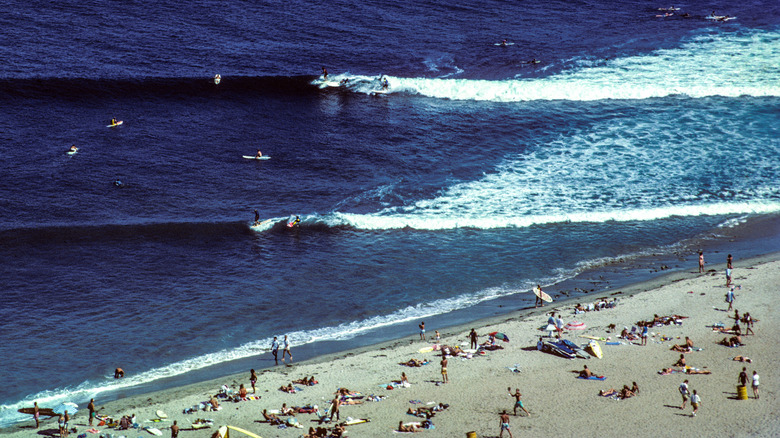One Of California's Best Surfing Spots Is A Famous Lagoon State Beach With A Historic Wooden Pier
With 840 miles of coastline, 420 public beaches, and year-round Pacific swell, California has earned a global reputation for surfing. At its center is Malibu's Surfrider Beach, home to an early 20th-century pier, a lagoon, and a world-class point break. The surf point sits beside the Malibu Pier, in front of Malibu Lagoon State Beach, a 42-acre protected area of saltwater wetlands home to more than 200 bird species. But the lagoon and the point break have not always coexisted peacefully. In 1983, a state project bulldozed a channel through one of Surfrider's surf points, causing significant damage to the wave. The loss sparked outrage among the local surf community, leading to the founding of the Surfrider Foundation.
Surfrider is perfectly angled to produce a three-point break wave that runs down the coastline for roughly 300 yards when the conditions are right. From 1892 to the early 1930s, Malibu was part of a 13,000-acre private ranch owned by the Rindge family, who soon began renting beachside property to wealthy Los Angeles residents. Today, Malibu offers something for everyone. While home to some A-list restaurants and boutique hotels like the Surfrider Malibu Hotel, there are also seafood shacks on the beachfront and a campground with Pacific Ocean views.
From Santa Monica, it's a straight shot along the Pacific Coast Highway, one of the most stunning U.S. roads. From the intersection of Ocean and Colorado avenues, it's just a 24-minute ride on the 134 bus to the Malibu Pier. Driving is even quicker, and there are 90 parking spaces at $12 per day (as of this writing). While set to reopen in May 2025, part of the highway has been closed since the Palisades Fire in January 2025. Alternate routes include traveling around the Topanga State Park.
Surfrider Beach is one of California's most historic surfing destinations
Since the Malibu Pier was built in 1905, it has served as a lookout station for the U.S. Coast Guard, a fishing pier, and a restaurant, surviving devastating El Niño storms and the more recent Palisades Fire along the way.
The historic pier marks only the beginning of the area's rich surfing history. For at least a century, surfers have been sharing waves at Surfrider. What began as a small group of surfers, then seen as rebellious outsiders, has played a major role in shaping modern surf culture. However, the Malibu of the past looked very different from what we know today. Surfing at Surfrider once meant sneaking into the private estate to spend the day on a virtually deserted beach.
Surfers Tom Blake and Sam Reid are believed to have caught the first Malibu waves in 1926. While they brought attention to the spot, it's likely that the Chumash people, who lived in the area long before European settlement in the 16th century, rode the waves much earlier. Surfrider remained relatively unknown until 1957, when a book — and later a movie starring Sandra Dee as "Gidget," one of the beach's first female surfers — brought it into the spotlight. Like many overcrowded surf spots today, the spot is no longer under the radar. To cement Surfrider's historic legacy, it was named the first World Surfing Reserve in 2010 by the Save the Waves nonprofit.

